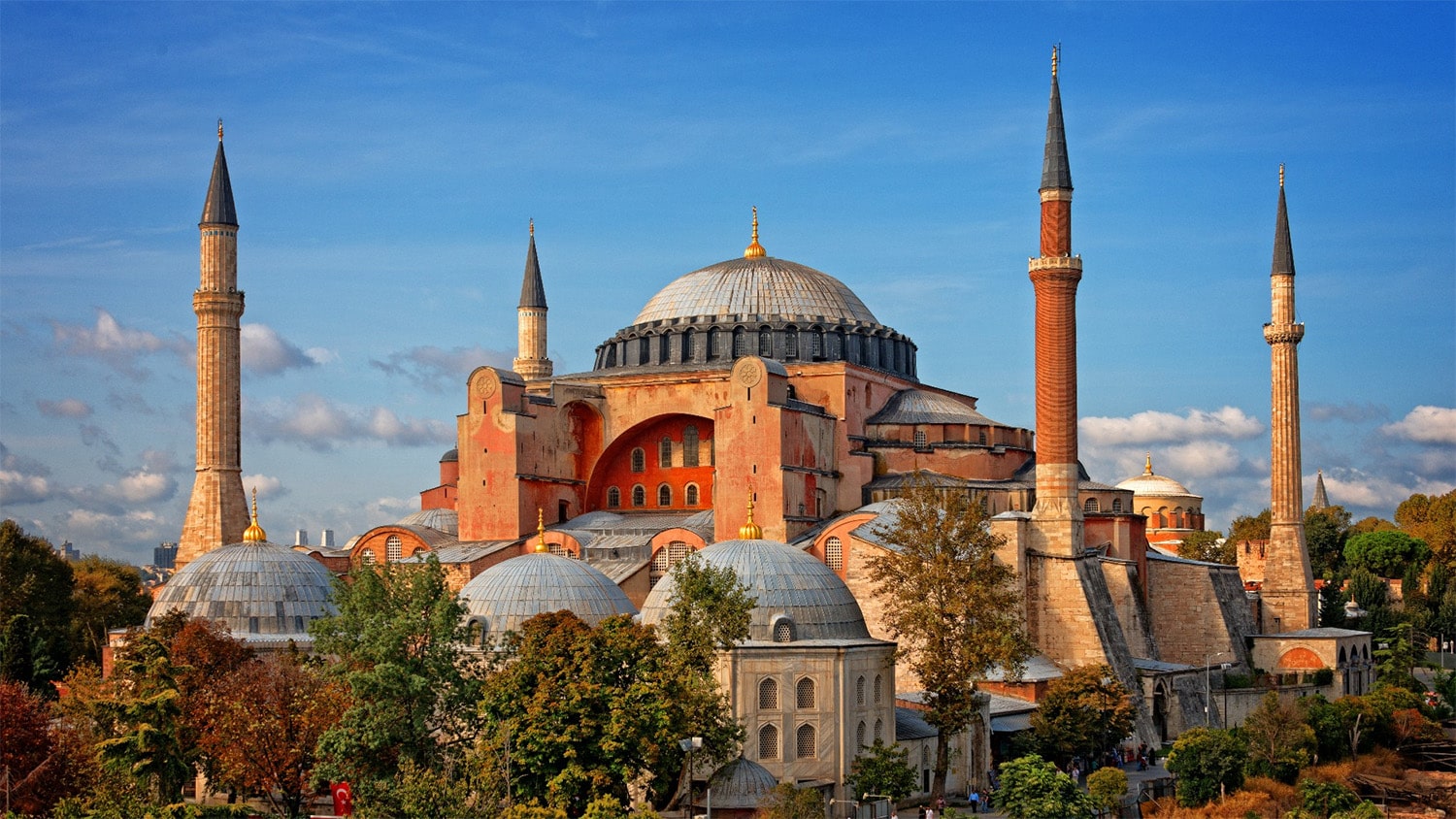
30 interesting facts about Byzantine Empire
- 👁️ 280
The Byzantine Empire, also known as the Eastern Roman Empire, was a continuation of the Roman Empire in its eastern provinces during Late Antiquity and the Middle Ages. Centered around its capital of Constantinople, the empire endured for more than a thousand years after the fall of its western counterpart, becoming one of the greatest and most enduring empires in history. The Byzantines were known for their rich cultural heritage, blending Greek, Roman, and Christian influences, and for their significant contributions to art, architecture, and law. Their legacy includes the preservation of classical knowledge, the spread of Christianity, and the influence on the Renaissance. Let’s explore some fascinating and informative facts about the Byzantine Empire.
- The Byzantine Empire was founded in 330 AD when Emperor Constantine the Great dedicated the city of Constantinople as the new capital of the Roman Empire.
- Constantinople was strategically located on the Bosporus strait, enabling control of the trade routes between Europe and Asia and between the Aegean and Black Seas.
- The term “Byzantine” derives from Byzantium, the original name of Constantinople before it was renamed by Constantine.
- The empire’s official language was Latin until the 7th century, after which it was predominantly Greek.
- The Byzantines were pioneers in the use of silk, which they initially imported from China and later cultivated in the empire.
- The Hagia Sophia, built by Emperor Justinian I in the 6th century, was the largest cathedral in the world for nearly a thousand years.
- The Byzantine Empire’s legal system was codified by Justinian I in the Corpus Juris Civilis, which laid the foundation for modern civil law.
- The empire faced a significant threat from the Arab conquests of the 7th and 8th centuries, losing territories like Egypt and Syria.
- The Byzantine Empire was a major center of Orthodox Christianity, significantly influencing the religion’s development and spread.
- Byzantine art is distinguished by its use of iconography, characterized by religious images used for worship and devotion.
- The empire was known for its complex bureaucracy, which was highly efficient but also led to a great deal of corruption.
- The Byzantine gold solidus, a highly prized coin, facilitated trade throughout the Mediterranean for centuries.
- The Byzantine navy played a crucial role in protecting the empire’s extensive coastline and trade routes.
- The empire faced the Fourth Crusade in 1204, during which Constantinople was sacked by Crusaders, leading to the empire’s temporary fragmentation.
- The Nika riots in 532 AD were one of the deadliest riots in history, resulting in the deaths of tens of thousands of people in Constantinople.
- Byzantine architecture influenced Islamic architecture, particularly in the use of domes and decorative mosaics.
- The fall of Constantinople to the Ottoman Turks in 1453 marked the end of the Byzantine Empire.
- The empire’s scholars preserved and copied classical Greek and Roman literature, contributing to the Renaissance.
- The theme system was an innovative administrative method for managing the empire’s provinces, improving defense and local governance.
- Byzantine monks invented Greek fire, a potent incendiary weapon used to defend against naval attacks.
- The Varangian Guard, an elite unit of the Byzantine Army, was mostly composed of Vikings from Scandinavia.
- The Byzantines were involved in the silk trade, developing their own silk industries to reduce dependence on foreign imports.
- Emperor Basil II (976-1025) was known as the “Bulgar Slayer” for his conquest of Bulgaria after decades of warfare.
- The Byzantine Empire played a key role in the preservation of Greek philosophy, particularly through the work of commentators like John Philoponus.
- The iconoclast controversy, a dispute over the use of religious images, led to widespread destruction of icons and significantly divided the empire.
- The Komnenian restoration in the 12th century saw a revival of military and economic strength in the empire.
- Byzantine cuisine influenced the culinary traditions of the Ottoman Empire and, by extension, modern Middle Eastern and Balkan cuisines.
- The empire’s complex inheritance laws ensured the division of property among all children, not just the eldest son.
- Procopius’ “Secret History” offers a scandalous account of the reign of Justinian and Theodora, revealing the darker side of Byzantine politics.
- The double-headed eagle was a prominent symbol of the Byzantine Empire, representing the unity of church and state.
The Byzantine Empire’s rich history and cultural legacy have left an indelible mark on the world. Its contributions to law, art, architecture, and religion continue to influence contemporary society. The empire’s ability to preserve classical knowledge through centuries of turmoil and change is particularly noteworthy, bridging the ancient and medieval worlds and paving the way for the Renaissance. The fall of Constantinople might have marked the end of the Byzantine era, but the empire’s achievements ensure its continued relevance and admiration in history.
The Byzantine Empire, also known as the Eastern Roman Empire, was a continuation of the Roman Empire in its eastern provinces during Late Antiquity and the Middle Ages. Centered around its capital of Constantinople, the empire endured for more than a thousand years after the fall of its western counterpart,…